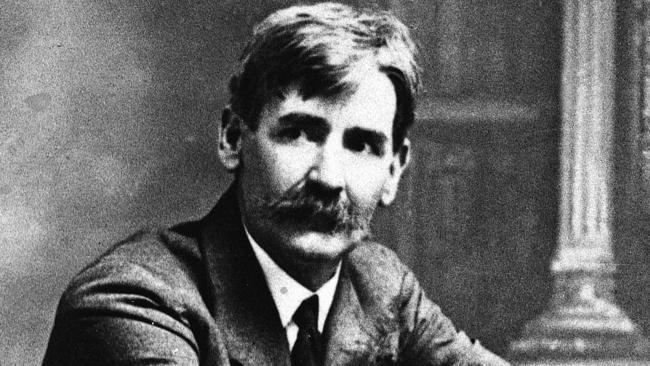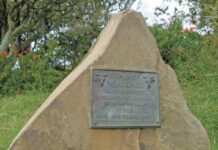
Antipodean Perspective
The National Gestalt is a useful tool for understanding National Socialism in the 21st century. The Gestalt is comprised of 3 components:
1. Traditionalism: what did the people that came before me think?
2. Populism: what do my peers think?
3. Futurism: what will the next generation think?
A large portion of the Australian Nationalist movement think purely in terms of Traditionalism; they only view the movement and struggle through the lens of the past and lose sight of the modern movement. To the dismay of many Nativists, the majority of revolutionary Nationalists in Australia are National Socialists that draw inspiration from the European Fascist movements of the Post-War period.
The reason for this is largely due to the fact that the German NSDAP and Italian Blackshirts are more alive in the minds of young White people in Australia than Henry Lawson and the Labor Movement. Men like Horst Wessel represent living human exemplars with names and faces. We are exposed to the Nazis and their movement from our earliest years of High School, the most we learn of the Australian movement is the Eureka Stockade and white Australia Policy.
However, the focus on past European movements also presents a problem; it rejects Traditionalism. Our forebears in Australia were not Hitlerists, they carried the flag of the Australian Labor Movement and fought for the creation of a White Australia. Nativist/Laborist ideology is native to us as White Australians: it was an Australian Proto-Fascism.
Australian National Socialism expressed itself politically in the 30s in the form of the Australia First Movement, led by Percy Stephensen. It unapologetically advocated for an Aryan White Australia and declared itself to be opposed to Semitism. Stephensen himself was a Nietzschean and sought the creation of a distinct Australian Identity through racial eugenics and cultural development.
On September 8, 1942 Stephensen proclaimed: “You cannot claim to be ‘more Australian’ than I, for I am an Australian National Socialist!”
Stephensens movement proves that National Socialism is not foreign to White Australia and shows a convergent evolution: the identical idea emerging all over the world at the same time. Stephensen fanatically fought for an Aryan Australia but was very adamant about how he did not concede use of the term “National Socialism” to the German movement.
The Australia First Movement was the height of Australian Nationalism. When viewed through the lens of the National Gestalt the AFM acknowledged Traditionalism by embracing Australian Nationalism, they acknowledged Populism by embracing National Socialist ideals and they were aware of the future as they wanted to continue the development of a new Australian culture.
The modern Nationalist community needs to be like the Australia First Movement. There is too much infighting based on interpretation of doctrine or who certain people idolise. National Socialists of the Southern Cross and National Socialists of the Swastika should not be at each other’s throat because we are one in the same. We can no longer waste time on overly cerebral arguments about ideology or why the other is wrong. We are both correct, but insufficient without the understanding of each other.
The Fascist Worldview asserts and expresses itself differently in each race that embraces it. The men who fought to establish White Australia shared the same worldview as the Stormtroopers in Germany, they just viewed the world beneath an akubra through Australian eyes.
As Australian National Socialists we have to stand firm to our ideals and fight relentlessly to establish ourselves in a meaningful way. Those who don’t honour their heroes are lost, so don’t forget to say a prayer and raise a toast to the likes of William Lane, Percy Stephensen, Henry Lawson and Alexander Mills when you raise your hands to salute the sun.
Hail Victory!
You can find Antipodean Perspective at Telegram.









